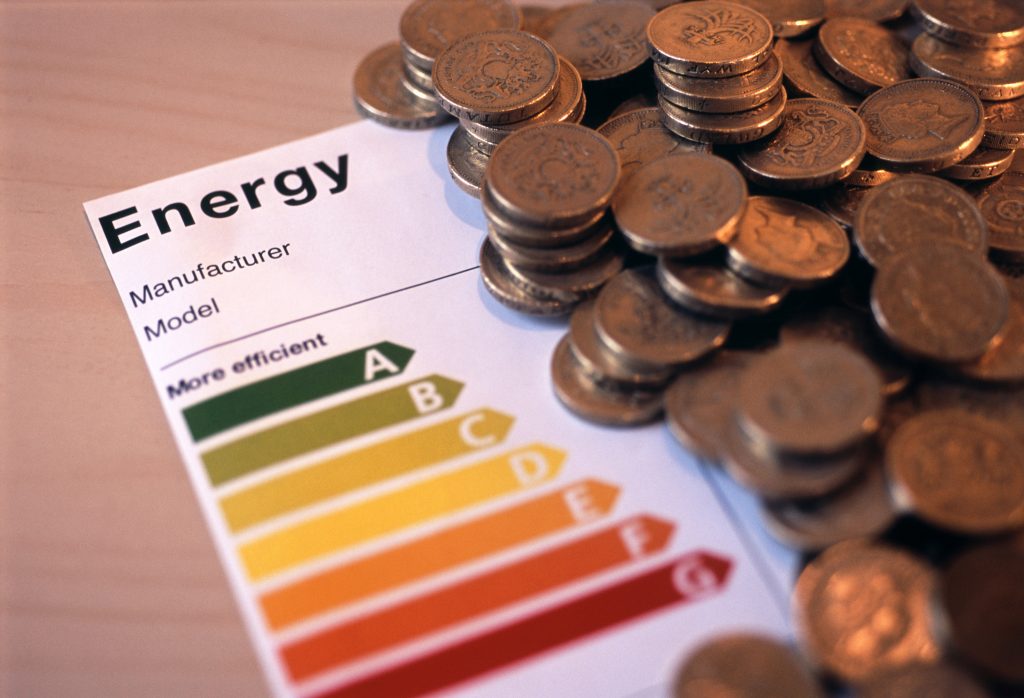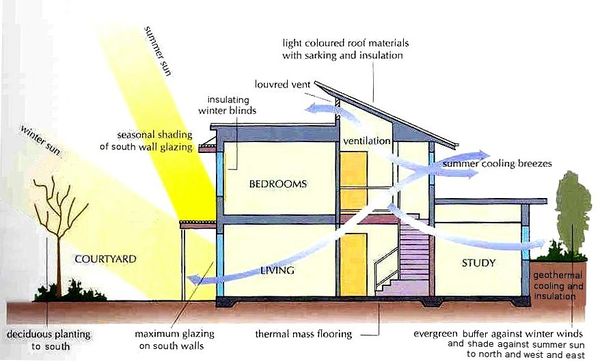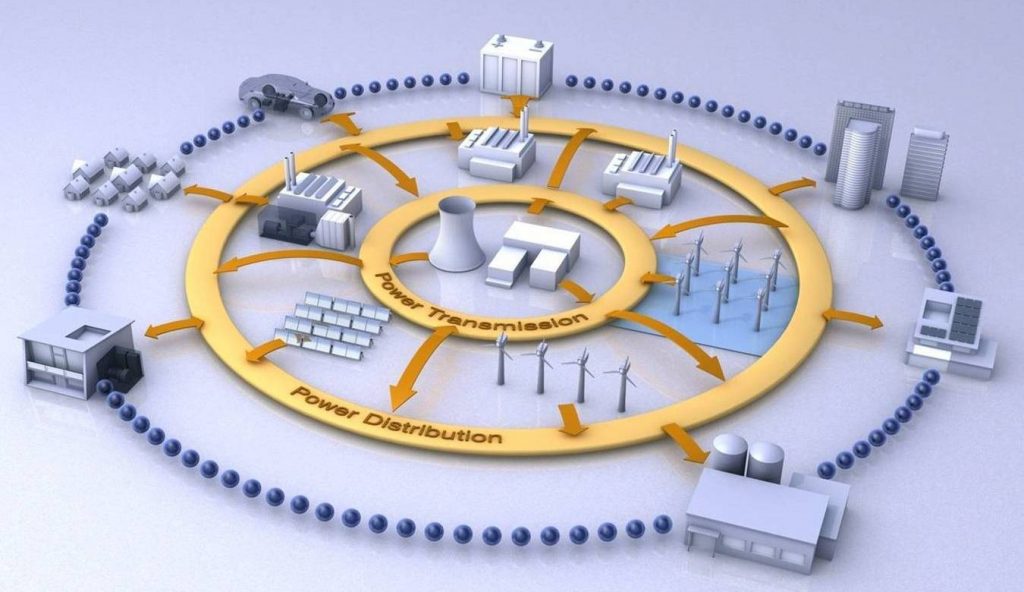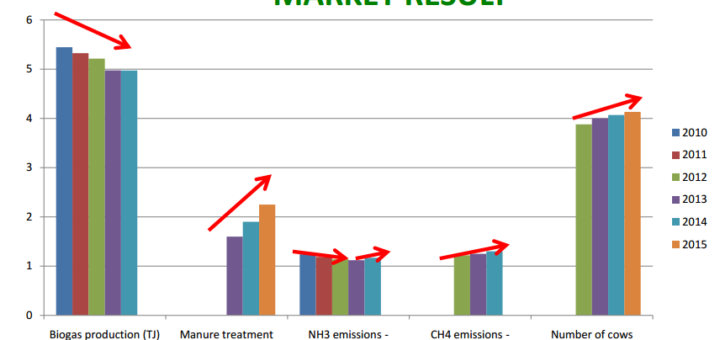This article assesses the existing Energy Efficiency Obligation Schemes (EEOS) in different EU countries to find good practices and lessons learned that could be implemented in future policy frameworks.
Europe
In this article, heat energy transition pathways in the UK, Germany and Sweden have been compared by evaluating empirical to ideal scenarios. Heat energy transition is the core of the energy transition, as heating is currently the most energy-intensive activity in Europe.
In this article, we analyze empirical and ideal scenarios for electricity system transitions in Germany and the UK through Multi-Level Perspective (MLP).
There are many case studies on local and regional transitions. Until now, an overview of such case studies was missing. The EU-funded PATHWAYS project has created a database that allows for sharing information from previously done European case studies, in order to foster the reuse of the knowledge gained in previous studies.
In the framework of the POLIMP project, a policy brief has been published on the role of social acceptance in the acceleration of clean technology deployment within the EU.
The European Union has set itself the goal of reducing EU primary energy consumption by 20% by 2020, compared to current projections. The Energy Efficiency Directive (EED) (2012/27/EU) was adopted on 25 October 2012 and entered into force on 5 December 2012. The Article 7 EED knowledge sharing platform brings together information on EEO schemes and alternative policy measures from across the EU (and beyond) in one central place.
The Netherlands is lagging behind on the implementation of renewable energy technologies and therefore is likely to miss its 14% renewable energy target. To solve this issue, a rapid uptake of solar energy is mandatory, but which pathways are available to make this transition cost-effective?
Interactions between EU climate and energy policies have been analysed based on France, Austria, Greece, and EU-level for policy interaction examples. The analysis resulted in 6 main findings.
Integrated Manure Management (IMM) is a transition pathway in the livestock sector used as a case study in this report. It is an alternative to reducing livestock (RL) numbers and both can be scored in terms of their contribution to meeting environmental targets. With a better understanding of the side-effects of alternative pathways, it will be easier to develop a more robust and integrated policy framework for low-carbon transitions in the livestock sector.
Austria will add additional financial means to the existing policy framework to reach their target value for primary energy consumption of 1050 PetaJoule in 2020 (compared to 1120 PJ in 2013). The case study has analysed whether energy efficiency improvement policies lead to overlaps with policies at the level of provincial governments and what this could mean for the effectiveness and efficiency of the policies.










